For those of you who want to visit famous shrines and temples in Japan, we introduce Japan’s most classic temples and shrines. With our introduction as reference, you can experience Japanese culture according to what you like.
Table of Contents
- Japan’s (Shinto) Shrines and (Buddhist) Temples「神社仏閣」
- A Tour of Japan’s Shrines
- A Tour of Japan’s Temple
- Summary
Japan’s (Shinto) Shrines and (Buddhist) Temples「神社仏閣」
In Japan, shrines and temples are often referred collectively as「神社仏閣 jinjabukkaku」.When referring to them individually, a shrine is called「神社 jinja」, and a temple is called「寺 tera」or「寺院 ji-in」.
On the same page, in addition to「〇〇神社」, there are 6 other ways to call shrines depending on formalities, such as「〇〇神宮 jingu」and「〇〇大社 taisha」. In the case of temples, 「〇〇院」 is also used in addition to「〇〇寺」. There are also times when it is called by its full name, such as「〇〇山〇〇寺」.
Shrines and Temples in the Japaneses Daily Lives

In Japan, visits to shrines and temples are not only for religious reasons, but also for other events relating to everyday life and culture. Representative events include:
-
Festival (祭り matsuri): Different way of celebrating depending on each shrine’s event. In Buddhism, on a special day called「縁日 ennichi」, many people visit shrines/temples and there’ll be a festival like atmosphere.
-
Weddings (結婚式): Weddings at shrines are called「神前式 shinzen shiki」, and weddings at temples are called「仏前式 butsuzen shiki」.
-
Funeral (お葬式): Some are held church-style, but there are many cases that hold them Buddhist-style.
-
New Year's Event:「初詣 hatsumoude」, first shrine/temple visit of the year is held in shrines and temples.
-
Pregnancy, Childbirth Events: 「帯祝い obi iwai」to pray for safe childbrith, newborn child’s first visit to the shrine「お宮参り omiyamairi」within 30 days of being born, and etc.
If you visit a shrine or temple during your trip to Japan, you may see these events taking place.
Writer's Pick
A Tour of Japan’s Shrines
伊勢神宮 / Ise Grand Shrine (Ise Jingu)

「伊勢 Ise」 is the old name of Mie Prefecture.「神宮 Jingu」 is a title given to a shrine with the highest standing. During the Edo period, a practice called「伊勢参り ise mairi」where people visited Ise Jingu was very popular bringing crowds of people to the shrine, this scene is still preserved in paintings like ukiyo-, etc.. At that time, it was difficult to cover travel expenses so a village representative would be chosen by lots, he’d make the trip to Ise Jingu and pray on behalf of the villagers.
Whilst you’re there, don't miss out on local specialties such as akafuku mochi (赤福餅) and Ise udon (伊勢うどん).
厳島神社 / Itsukushima Shrine (Itsukushima Jinja)
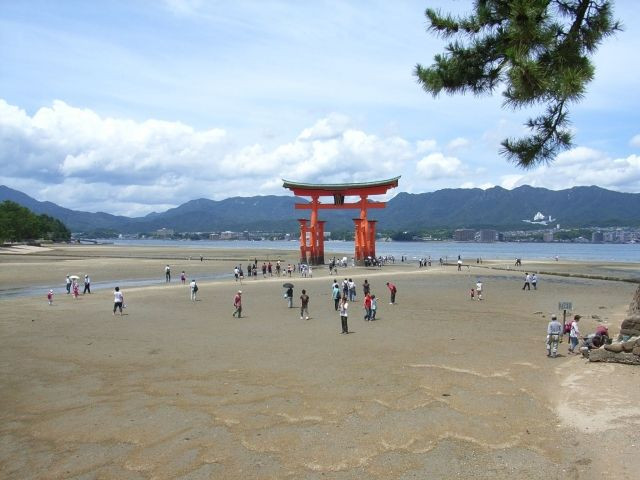
Itsukushima (厳島, also called “Miyajima 宮島” ) in Hatsukaichi City, Hiroshima Prefecture.
Itsukushima Shrine was listed as a UNESCO World Heritage Site in 1996. Famous for its red torii gates on the blue sea, it is a popular visiting spot for tourists in Japan and from all over the world. Six buildings including the shrine’s main hall are designated as National Treasures.
Momiji manjuu (もみじ饅頭), a maple-shaped confectionary that originated from Momijidani (紅葉谷), a famous autumn foliage spot in Itsukushima, is famous as a local specialty.
伏見稲荷大社 / Fushimi Inari Taisha
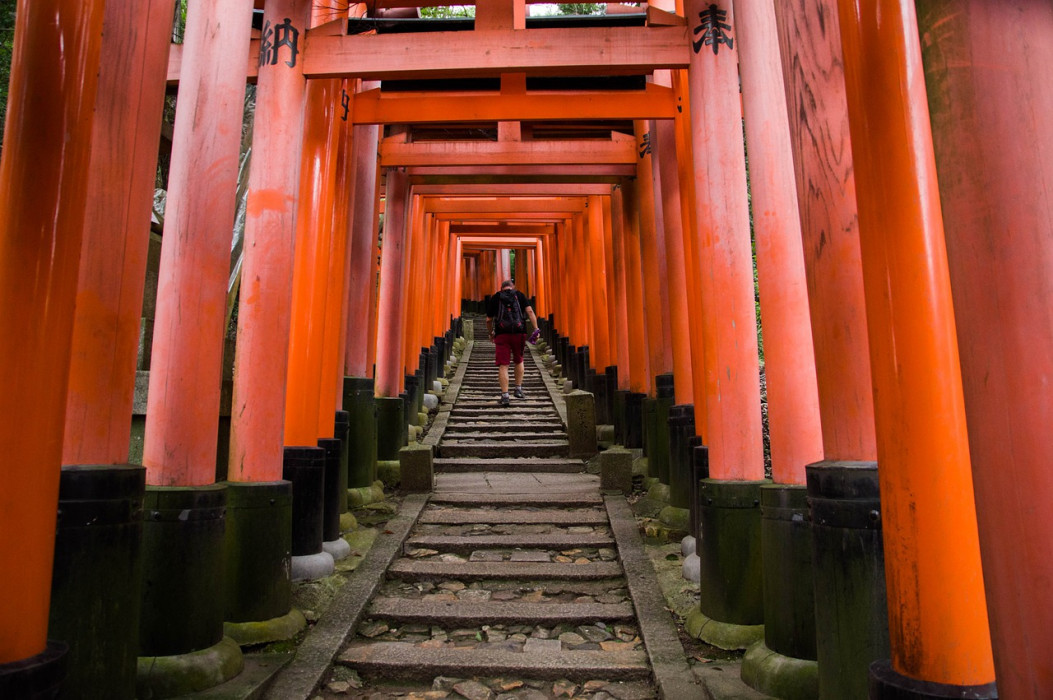
Fushimi Inari Taisha, similar to Itsukushima Shrine is famous for its torii. Beautiful photos of its「千本鳥居 Senbon Torii」, which means “A Thousand Torii”, is well known even to foreigners. But actually, it seems like there are actually not 1000 torii gates, it is said that there are actually more than 2000, or even 3000 torii gates.
This shrine is dedicated to「稲荷神 Inari」, the god of agriculture and business prosperity. Sculptures of foxes (キツネ), the God Inari’s messenger, can be seen all over the shrine with a key to grain warehouses, a marble to symbolize wealth, the ear of rice to symbolize harvest, a scroll to symbolize wisdom, etc. held in its mouth.
宇治上神社 / Ujigami Shrine (Ujigami Jinja)

This shrine is located in Uji City, Kyoto, and registered as a UNESCO World Heritage Site in 1994 as part of the "Historic Monuments of Ancient Kyoto (Kyoto, Uji and Otsu Cities)". Built in the Heian period, the main shrine is famous for being the oldest shrine building in Japan and is designated as a National Treasure. The hall in front of the main hall is also a designated National Treasure.
There is a legend about Uji no Wakiiratsuko (菟道稚郎子) who is enshrined here, that he was guided to Uji by a rabbit. You can find adorable rabbit designed fortune slips (おみくじ omikuji) at the shrine.
日光東照宮 / Nikko Toshogu Shrine (Nikko Toshogu)
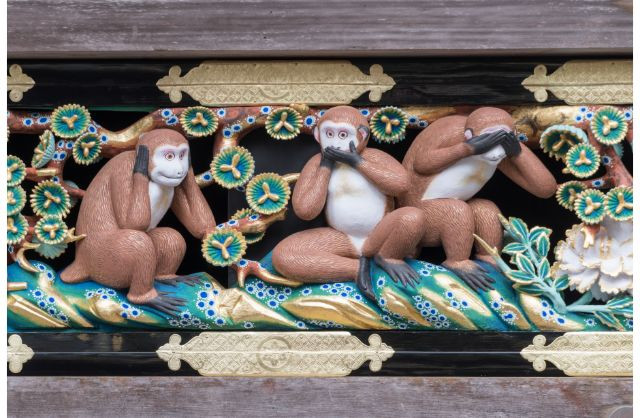
This shrine is located in Nikko, Tochigi Prefecture which is famous for its hot springs. Nikko Toshogu Shrine (日光東照宮), Nikko Futarasan Shrine (日光二荒山神社)’s 2 shrines, Nikkosan Rinnoji Temple (日光山輪王寺), and the ruins surrounding these buildings are the “Shrines and Temples of Nikko” inscribed as a UNESCO World Heritage Site in 1999.
National Treasure “The Sleeping Cat (ねむリねコ nemuri neko)” which is a sculpture of a cat sleeping under the sun surrounded by red and white peonies, and “Three Monkeys (さんざる sanzaru)” sculpture are particuarly famous. 「見ざる, 言わざる, 聞かざる mizaru, iwazaru, kikazaru」, which means “don’t see, don’t speak, don’t listen”, has the same reading as「猿 saru/zaru (monkey)」which is expressed by the sculpture. It is also related to the famous teaching “Look not at what is contrary to propriety; listen not to what is contrary to propriety; speak not what is contrary to propriety; make no movement which is contrary to propriety,” a famous phrase in the Analects of Confucious.
明治神宮 / Meiji Shrine (Meiji Jingu)
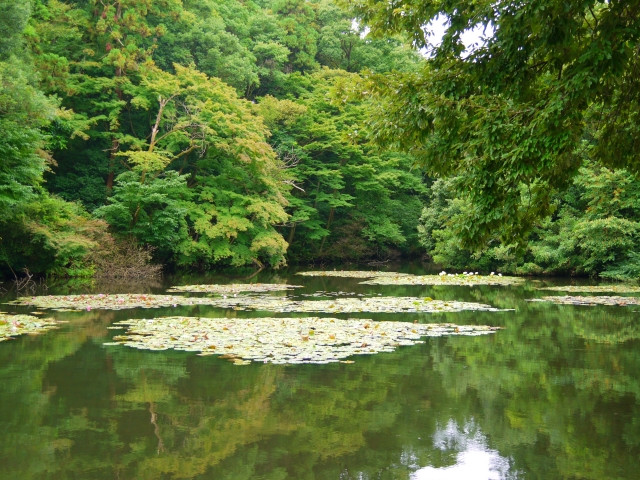
Meiji Jingu is a shrine in Tokyo and a popular Hatsumode spot. It is located within walking distance from Shinjuku Station making it a good place to visit when traveling to Tokyo. Not only as a shrine, it is also well known as a tourist destination for bird-watching, and strolls as if you are in a forest. Migratory birds visit in spring and autumn, and in winter it becomes easier to spot birds when the leaves have fallen. You can also meet the “Red-Flanked Blue Tail (ルリビタキ in Japanese)” with its fine blue feathers. Explore the North Pond (北池) behind the main hall close to the treasure hall, and south of the main hall there’s the inner garden Meiji Jingu Gyoen (明治神宮御苑) and the South Pond (南池).
A Tour of Japan’s Temples
Temples of 高野山 / Mount Koya (Koyasan)
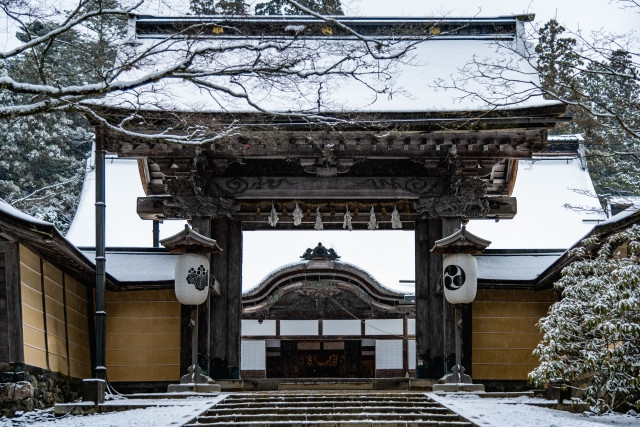
Mount Koya in Wakayama Prefecture was registered as a UNESCO World Heritage Site in 2004 as a "Sacred Sites and Pilgrimage Routes in the Kii Mountain Range (紀伊山地の霊場と参詣道)". There are more than 100 temples in Koyasan, including the famous head temple of Shingon sect (真言宗), Koyasan Kongobu-Ji (高野山金剛峯寺) that was established by Kukai, Kobo Daishi.
Koyasan is also famous for Koya Tofu (高野豆腐), a representative ingredient of Shoujin Ryori (精進料理), Buddhist cuisine.
Temples in Kyoto
三十三間堂 / Sanjusangen-do
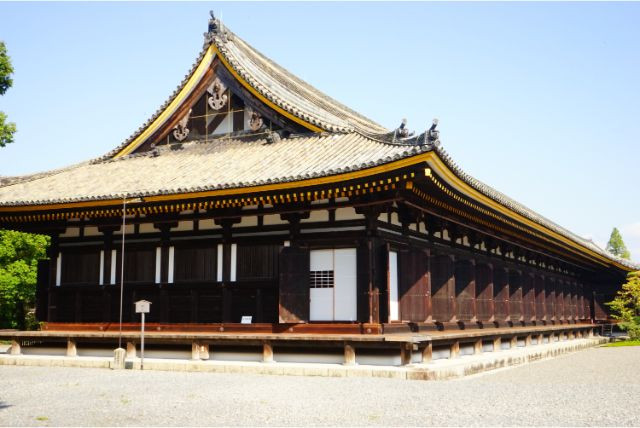
It is a temple of the Tendai sect (天台宗), and the official name of the building is 「蓮華王院本堂 Rengeoinhondo」. It is nicknamed 「蓮華王 Rengeo」meaning “King of Lotus”, and is famous for its statue of “Thousand-Armed Kannon (千手観音)”.
永観堂 禅林寺 / Eikan-Do Zenrin-Ji
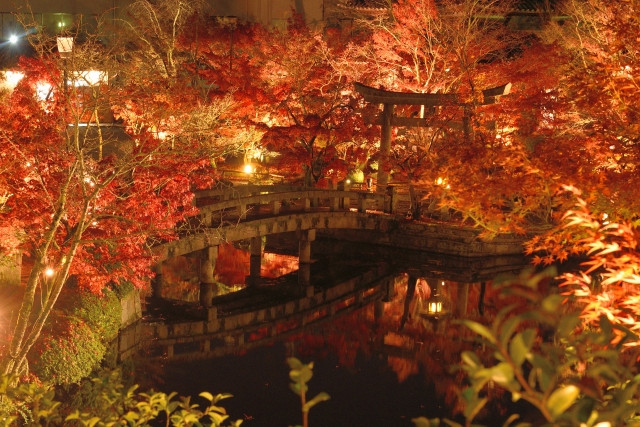
As a temple of the Pure Land sect (浄土宗), it houses a number of important cultural properties including the National Treasure “Yamagoshi Amida, Amida Beyond the Mountains 山越阿弥陀図 (Yamagoshi Amidazu)”. It is also very famous as an autumn foliage viewing spot.
金閣寺 / Golden Pavillion (Kinkaku-Ji)
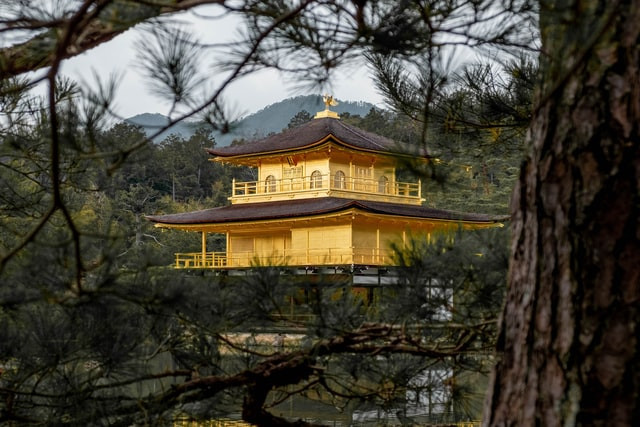
Famous because of a novel by Mishima Yukio (三島由紀夫). The temple’s official name is actually Rokuon-Ji (鹿苑寺). Kinkaku-Ji is the reliquary hall (舎利殿 shariden) of Rokuon-Ji.
清水寺 / Kiyomizu-dera
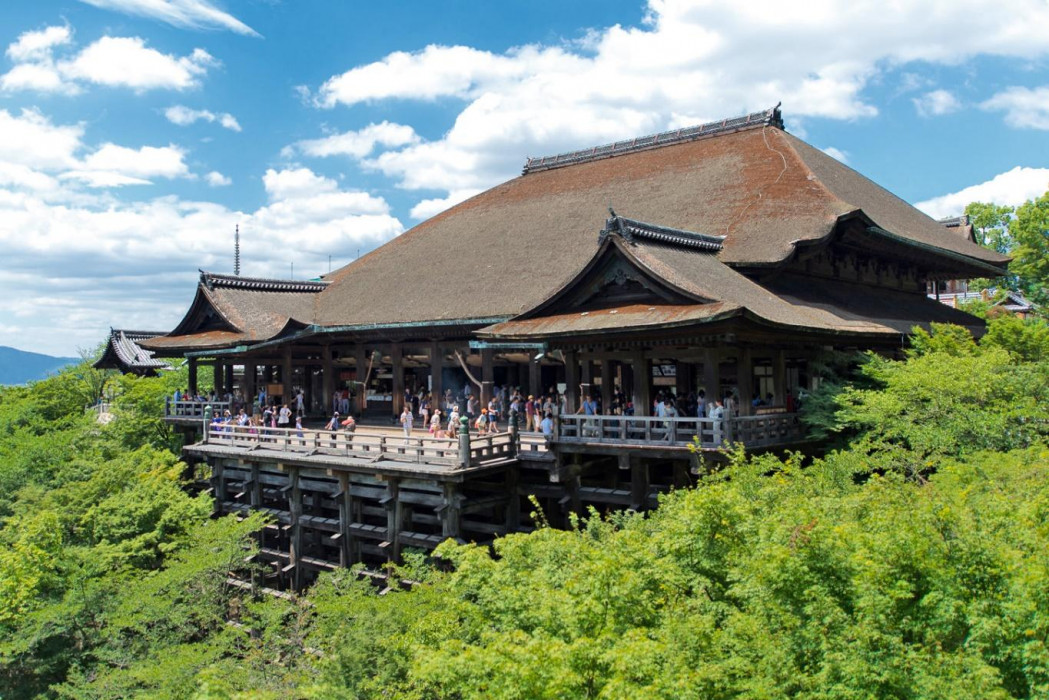
An impressive temple that looks as if it is floating up high. It is also well known around the world for its beautiful photos depicting the background’s changing seasons. Its official name is Otowayama Kiyomizu-dera (音羽山清水寺).
平等院 / Byodo-In
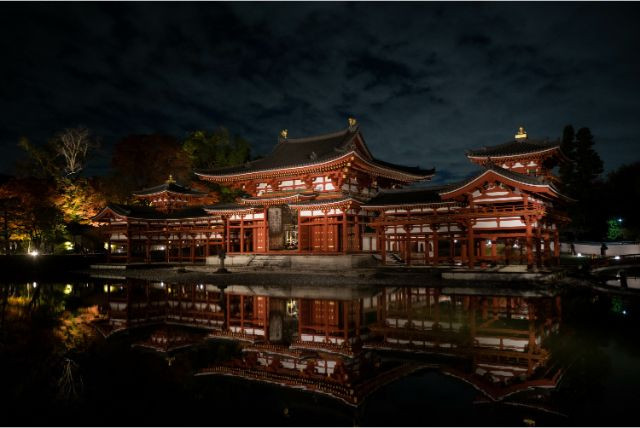
A temple located in Uji, Kyoto. Its National Treasure “Phoenix Hall (鳳凰堂 hou-ou-do)” is famous.
妙喜庵 / Myokian Temple (Myoukian)

It is famous for “Daian (待庵)”, a Japanese National Treasure. and the only surviving tea room designed by Sen no Rikyu (千利休), the founder of Japanese tea ceremony.
Temples in Tokyo
浅草寺 / Senso-Ji
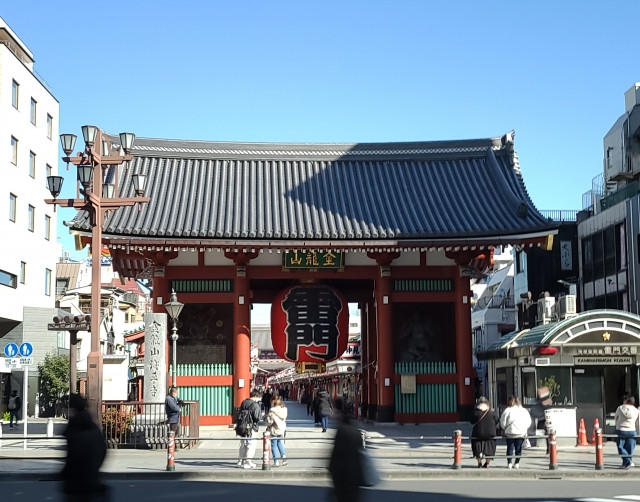
Senso-Ji is the oldest temple in Tokyo. It is a popular tourist spot well known even to foreigners. As it is located in Asakusa, it is a good place to visit when covering the surrounding sightseeing spots. Asakusa and Senso-Ji represent the downtown area of Tokyo, explore the area, attend events and feast on Asakusa’s famous foods whilst there.
Other Noteworthy Temples
法隆寺 / Horyu-Ji
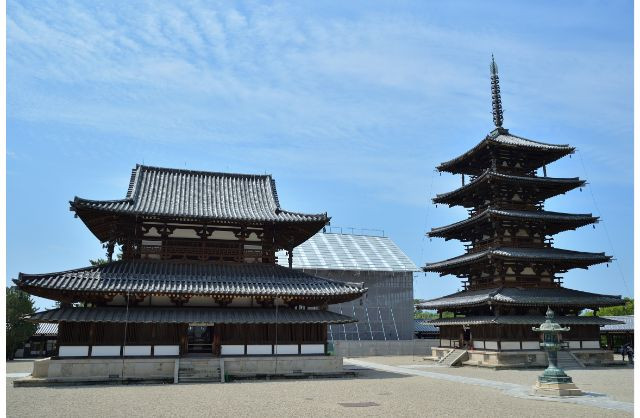
It is the head temple of the Shotoku sect (聖徳宗), and was built by Prince Shotoku (聖徳太子). In 1993, for the first time in Japan, it was listed as a UNESCO World Heritage Site. It is famous for having the world’s oldest wooden building, Sai-in Garan (西院伽藍).
東大寺 / Todai-Ji
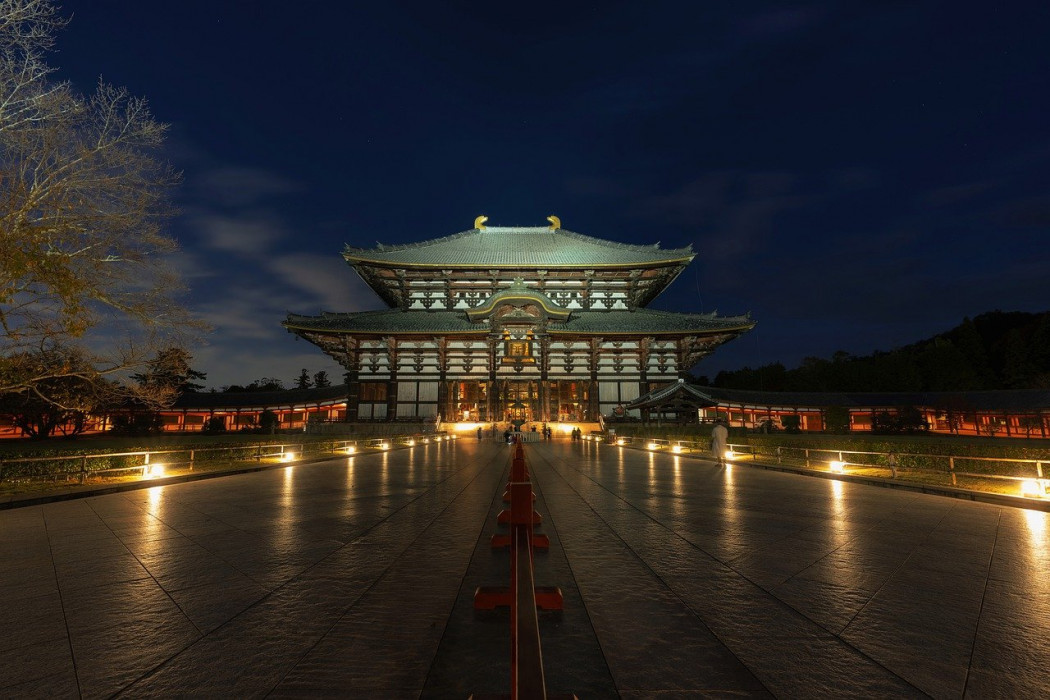
Todai-Ji, a representative temple of Japan with its National Treasure designated golden hall “Daibutsuden (大仏殿)”, the Great Buddha statue also known as Nara Buddha (盧舎那仏), and the octagonal stone lantern (八角燈籠).
Summary
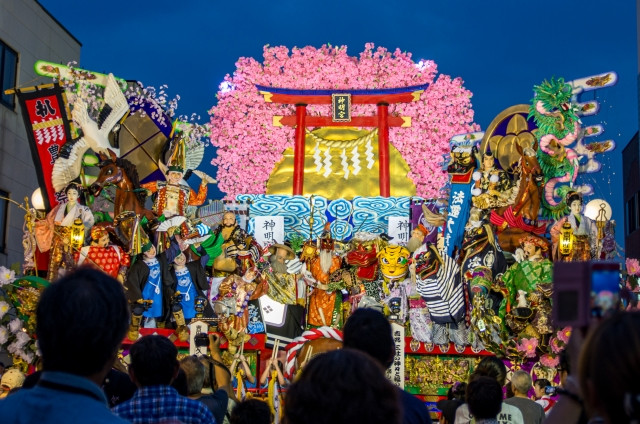
Here and there in Japan, you can find shrines and temples worth visiting for a variety of reasons. Not just for religious and faith purposes, it is a familiar space where different events and daily life activities can be carried out with its doors open to visitors to Japan. Plan a visit, or visits, to shrines and temples as part of your travel itinerary, choosing a place that suits your interests best.



















.jpg)












